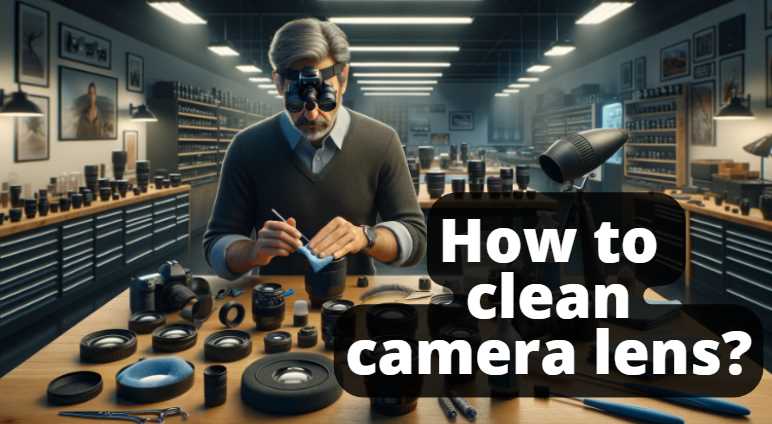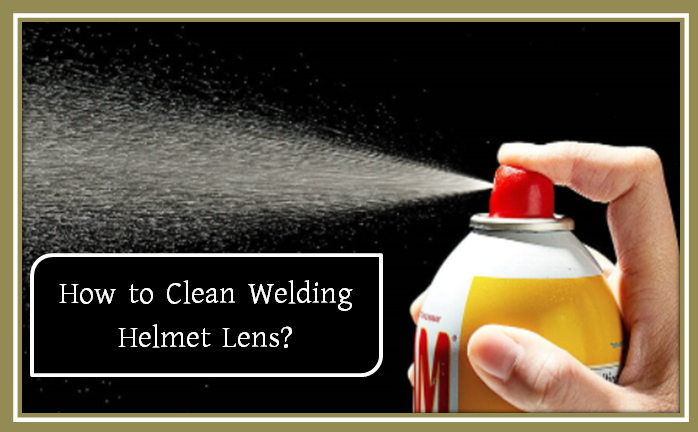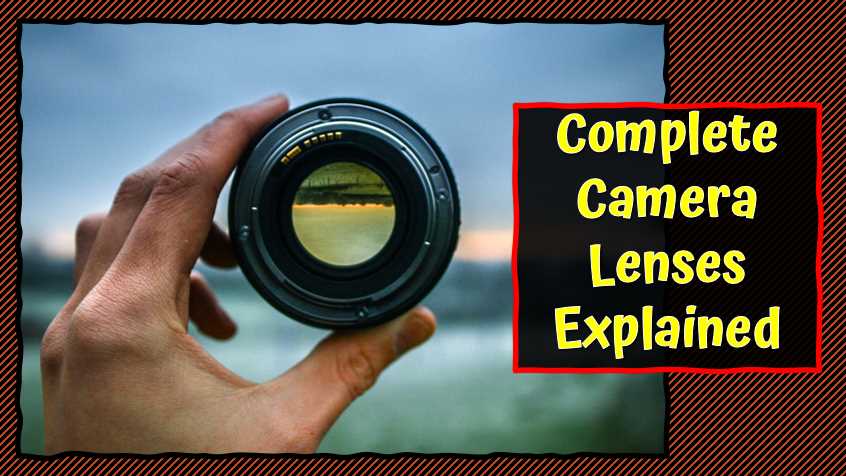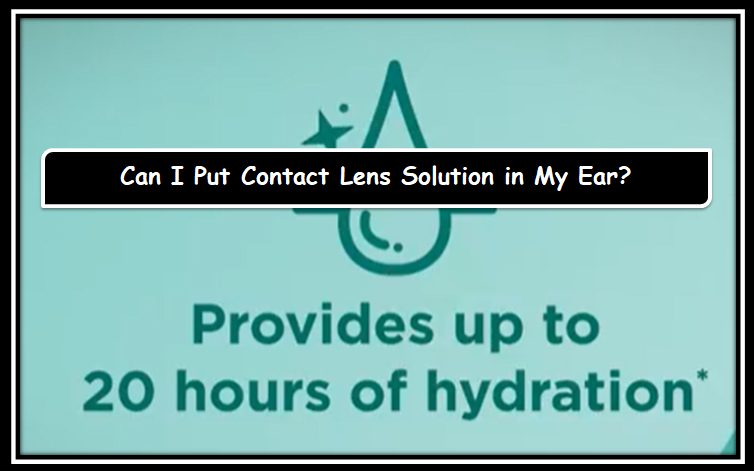Step-by-Step Guide on How to Care for Camera Lenses (Video Explained)
If you want to know how to clean a camera lens, then you are in the right place. Who doesn’t like photography? Almost every person loves to capture their beautiful moments. But professional photographers need good DSLR cameras and clean lenses to capture those stunning images. So, cleaning the DSLR lens is crucial for any […]
Step-by-Step Guide on How to Care for Camera Lenses (Video Explained) Read More »



